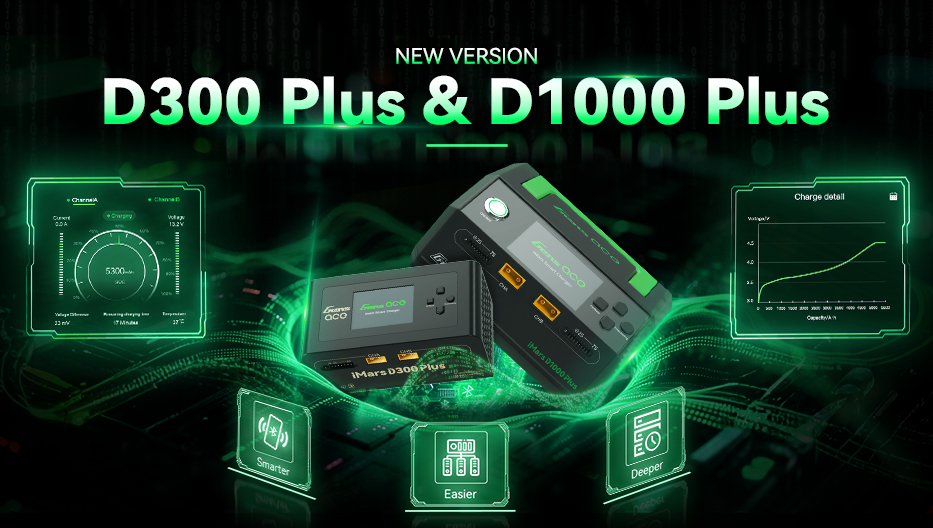New energy vehicle trends and battery types
Governments have recently come to formulate more stringent CO2 emission norms, which have increased the demand for electric vehicles. The incentives and subsidies, such as tax breaks, also work to encourage EV sales.
Giuseppe Fabri from the Department of Industrial and Information and Engineering and Economics at the University of L'Aquila in Italy says that the future of passenger transport is inevitably fully electric: "The trend is to design fully electric cars, no longer hybrids that are still tied to fossil fuels. Many car manufacturers are thinking of producing cars in the next five to seven years that are fully electric."
According to JP Morgan, by the year 2025, most electric vehicles and hybrid electric vehicles will account for almost 30 % of cars on sale. This not only monopolizes the electric car industry but also enables for more innovation and advancements surrounding sustainable transportation. In turn, according to CNBC, by 2030, electric cars are expected to increase from 3 million to 125 million.
Batteries are one of the key technologies for the development of electric vehicles, and their advancement and maturity directly affect the industrialization of electric vehicles. We will briefly introduce the types, advantages and disadvantages of these electric vehicle batteries.
Lead-acid batteries
These batteries are known for their low price, good low-temperature performance, low energy density, short life, large volume and poor safety.
Due to the low energy density and service life, electric vehicles cannot have good speed and high cruising range, so they are generally used for low-speed vehicles.
NiMH batteries
Nickel metal hydride batteries have a low price, developed technology, long life and durability. Their standard voltage is 1.2V.
While high-voltage NiMH and NiCd (Nickel Cadmium) batteries have memory effect, low-voltage NiMH batteries do not. Due to their durability, NiMH batteries have long been adopted by Toyota for its Hybrid Prius.
LiFePO4 batteries
Lithium iron phosphate batteries have good thermal stability, good safety and long life. Their energy density is relatively low compared to lithium batteries, and their thermal stability is the best among power lithium batteries.
When a LiFePO4 battery’s temperature is between 500 to 600℃, its internal chemical components begin to decompose but will not burn or explode as a result of a puncture, short circuit, or high temperatures. Due to this, LiFePO4 batteries have been applied to new cars by Tesla and BYD.
Ternary lithium battery
These batteries have high energy density and long cycle life although their high-temperature performance is relatively poor.
For full electric vehicles with high requirements for the cruising range, ternary lithium batteries are the go-to product. Tesla’s Model 3, for instance, uses Panasonic’s 21700 ternary cylindrical battery. However, the battery cannot pass the acupuncture test, which shows that, in cases where there is an internal short circuit or damage to the battery shell, combustions and explosions are likely to occur.
At present, there are many and various advantages of batteries on the market, but people may shortly start looking at the solid-state lithium-ion batteries. In these batteries, the electrolyte changes from liquid to solid, and they have a large capacity, fast charging speed, and no risk of electrolyte leakage or fire.
Related Articles
-

iMars D300 Plus & D1000 Plus: The Next Level of Smart Charging
2025-12-01 -

Powering Aerial Artistry: Grepow Battery Solutions Behind Drone Light Shows
2025-10-27 -

Vatican Drone Show: Where Technology Meets Faith
2025-09-15
















































